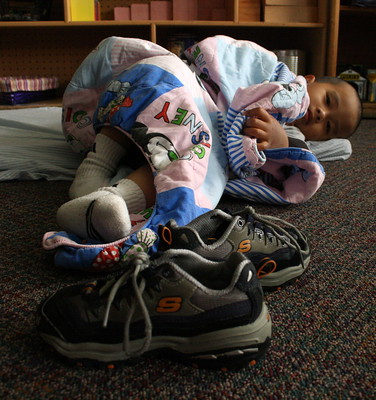The State of New York announced today that it is throwing more money behind a new childcare initiative on higher education campuses. Governor Kathy Hochul added nearly $11M to the state budget to support the creation of daycare centers at 18 additional SUNY campuses. The governor also funded a $4.5M training program for childcare workers. The service expansion means that daycare will be available at all 64 SUNY campuses.
More than 1,200 student parents took advantage of 4,000 licensed daycare spots at SUNY campuses last year. In addition to student-parents, SUNY campus workers, state employees and neighboring communities could take advantage of childcare services when available.
It’s nice to see a state that recognizes the value of campus-based daycare. It’s also nice to see a state that leverages the children’s centers it pays for. That approach is very different than the “Let me pay you to go away” strategy currently in vogue at Washtenaw Community College.
Losing childcare hurts
This is especially true right now, as the pandemic has virtually decimated daycare services. Childcare provision is all license-based, and the license is conditioned on the number of adults on hand and the amount of space available. Providers can take in exactly as many children as their licenses permit, provided they have adequate staff and space. When their staff is low, they must reduce the number of children they supervise.
That means the remaining providers can’t just take in more children. Losing a childcare provider hurts. It means that student parents may not be able to attend classes. And employee-parents may not be able to go to work.
The loss of childcare providers is particularly hard on women because women shoulder most of the childcare responsibilities. And in two-income families, chances are pretty good that Dad makes more than Mom does. So, if you must cut down to one income, it makes sense to hang onto the larger paycheck. Which means that Mom leaves her job.
The decision to close the Children’s Center at WCC is particularly notable because it was made by a mostly female administration. In theory, they should have understood the impact of losing childcare on low-income women and on WCC employees. Without doubt, there was a better, more equitable solution than eliminating on-campus childcare. Unfortunately, the current administration lacks what it would have taken to look for it.
Just something to ponder during Women’s History Month.
Photo Credit: Black Hour , via Flickr











